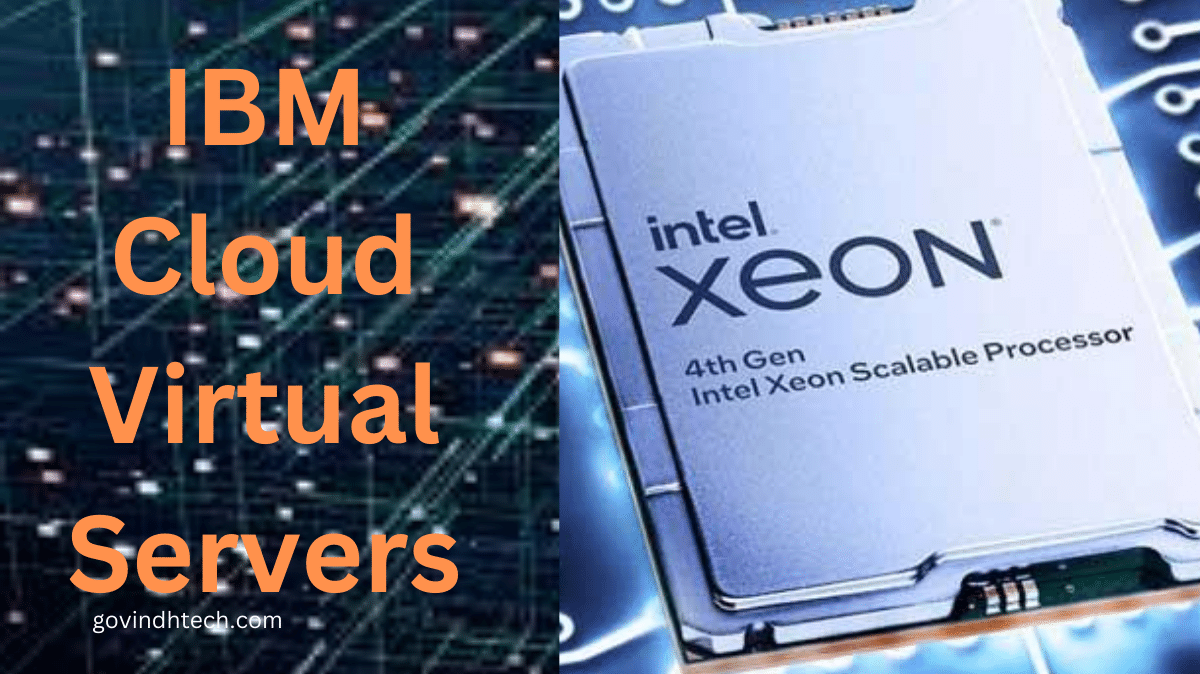Users of virtual servers appreciate, and for good reason, crave output that is consistent and high-performing across all profiles at any one time. The elimination of latency problems makes application management, as well as the running of development and test procedures, far less taxing. Because of this, we are delighted to let you know that the beta program for 4th Generation Intel Xeon Scalable processors on IBM Cloud Virtual Servers for VPC is now officially operational. Customers will have the ability to explore one of the newest microarchitectures in the market within their very own virtual private cloud at no additional cost. In addition, customers will have access to a plethora of core computing advancements, such as more memory per virtual CPU than has ever been made accessible on IBM Cloud.
Is this beta program something I should be participating in?
Excellent question. Let’s go over some of the features and options that are available to you. Your baseline would operate on IBM Cloud Virtual Servers for the Virtual Private Cloud. This is our platform that caters to developers and features rapid provisioning, high network speeds, and the highest level of software-defined resource security that IBM has to offer. Your virtual server profile families would be hosted only on 4th Generation Intel Xeon Scalable processors (8474c), which were introduced to the public for the first time on IBM Cloud Bare Metal Servers only a few short months ago.
Before enrolling in this program, it is essential to carefully assess the requirements for your workload and performance. Take a look at what’s down here. You can choose between two pre-set, NUMA-aligned profile families (depending on how many vCPU instances, how much RAM you have, and how much bandwidth you need). Instances boot using the Open Virtual Machine Format (OVMF), and they operate in the Unified Extensible Firmware Interface (UEFI) mode for increased safety:
- The purpose of a balanced profile is to provide an optimal combination of performance and scalability. They come with a ratio of 1 vCPU for every 5 GiB of RAM, making them an excellent choice for workloads that are more typical.
- Memory profiles are ideal for use with workloads that require a significant amount of memory, such as large-scale caching and database applications as well as in-memory analytics. They come with a memory capacity of 10 Gigabytes per Virtual CPU (vCPU) that can be computed.
A significantly consistent experience at the baseline level will be provided to you by the consistent NUMA topology that is built into each profile option. Each available profile choice also includes 32.5 gigabytes of high-performance, local storage that is based on NVMe. This allows for quick access to both temporary storage and swap space. In addition to the storage for your instances, you will be provided with DDR-5 memory DIMMs as well as PCI Gen 5 if you require faster interconnects.
If you’re interested in putting some of Intel’s newest accelerators to the test on some of your more demanding applications, you’re in luck because they’re built right into the processor:
- The purpose of Intel Crypto Acceleration is to help lessen the impact of pervasive data encryption and circumvent the difficulties posed by overhead in areas such as SSL web servers, 5G networks, and virtual private networks and firewalls. You will require the most recent version of the RHEL or Ubuntu operating system. When your workloads encounter a need that is dependent on the crypto libraries, the accelerators will intelligently run and complete their work.
- The Intel Advanced Matrix Extensions (Intel AMX) architecture was developed to enhance the performance of training and inference, making it ideally suited for tasks such as natural language processing, recommendation systems, and image recognition. You will be able to make use of Intel AMX by utilizing extensions from your preferred artificial intelligence frameworks, such as PyTorch and Tensorflow.
In general, we believe that this beta program offers a clever, no-cost entry point onto premium hardware for those individuals who are wanting to develop and test the performance of heavy applications as well as research performance uplifts when migrating their applications to new platforms. You will have complete access to IBM Cloud Support if you enroll in this program before the 25th of September in 2023. Registration is open till then. Following the conclusion of the beta test, your virtual server instances will require a restart in order to function properly within our production-level environment. The first of the month, October 2023, will mark the beginning of your usage-based invoicing.
Getting things rolling
Do you have an account with the IBM Cloud? You are going to need one in order to validate your participation in the beta program. After you’ve created an account, you’ll be able to join up by completing a straightforward registration form that tells us about you and the requirements of your task. You will then be “allow-listed” with location deployment access and sent an email containing an official acceptance of your application. Please get in touch with either Alise Spence or Chris Carter if you’d like to have a one-on-one conversation with one of our beta onboarding managers.



[…] this API, it is possible to rapidly construct a chatbot on many architectures, such as Intel Xeon Scalable Processors and Intel Gaudi Accelerator. The fine-tuning, optimisation, and inference capabilities of NeuralChat […]
[…] at Intel Innovation 2023 about the benefits and performance acceleration that the combination of Intel Xeon processors and Intel Software brings to the entire AI […]
[…] 16 2-socket computers, each with two 4th Gen Intel Xeon Scalable Processors (Sapphire Rapids), the combination of fused sampling and hybrid partitioning set a new CPU record […]
[…] Memory Performance Structure: DDR5 and DDR4 for AMD and Intel Processors […]
[…] and dependability required to run their Kubernetes applications in production by utilizing Intel Xeon processors. The technique improves Pure Storage’s products’ performance. Businesses can now move […]